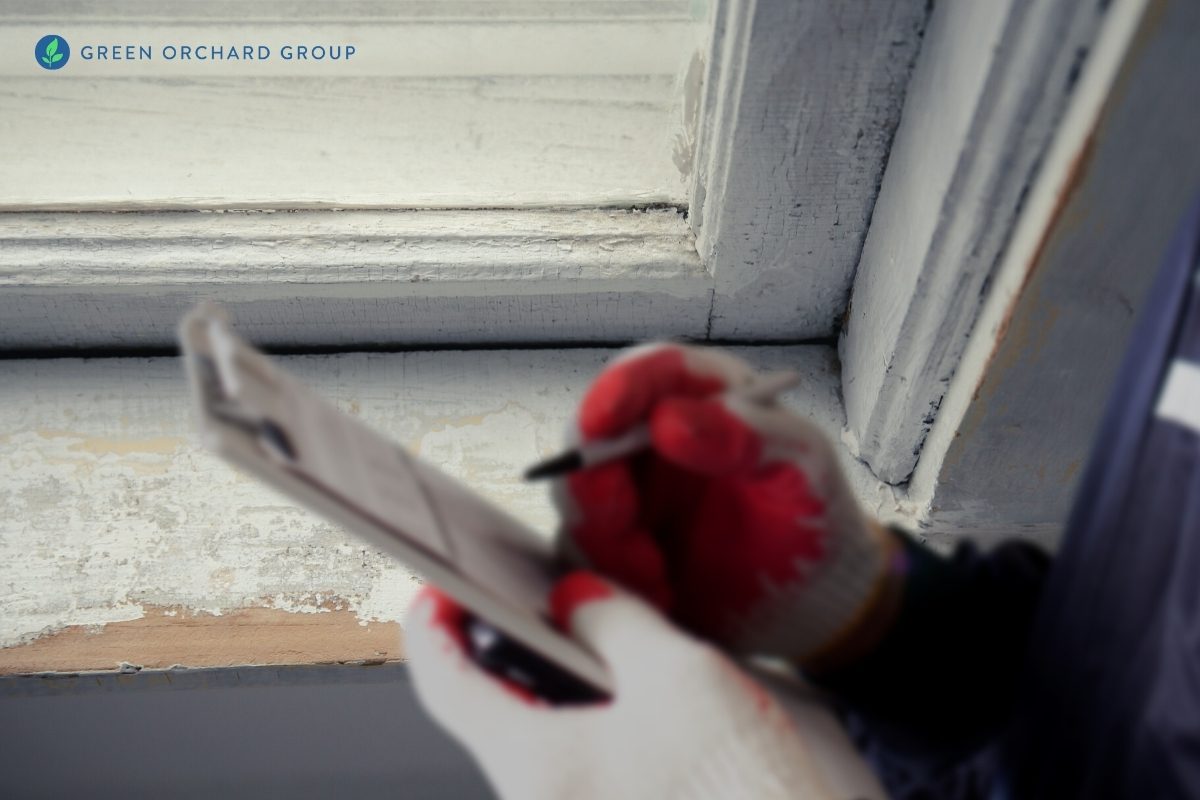Vital Tools and Approaches for Reliable Lead Violation Clean-up
Attending to lead offenses successfully necessitates a comprehensive strategy that mixes the right tools with critical methods. Concurrently, the use of specialized cleanup tools, such as HEPA vacuums and lead-specific cleaning agents, is imperative for thorough contaminant elimination. Effective containment methods, consisting of plastic sheet and negative air pressure systems, are vital to avoid the spread of unsafe products.
Personal Protective Tools
Personal protective equipment (PPE) is a crucial component in the reliable administration of lead contamination cleanup. The essential PPE for lead cleanup consists of respirators, protective apparel, handwear covers, and eye defense.
Respirators, specifically those equipped with HEPA filters, are indispensable for filtering system air-borne lead fragments, stopping inhalation. Correct fit and seal checks are important to guarantee their efficiency. Safety clothes, including coveralls and non reusable matches, avoids lead dirt from sticking to employees' garments, lowering the danger of additional contamination. Gloves, generally constructed from nitrile or latex, secure the skin from direct call with lead, while safety goggles or full-face shields shield the eyes from dust and debris.
Additionally, extensive training on the right usage and upkeep of PPE is crucial. Workers should be educated on wearing and doffing treatments to avoid contamination. Normal examinations and substitutes of PPE elements are required to maintain their protective abilities, ensuring a safe and compliant cleaning operation.
Specialized Cleaning Devices

One more important tool is the wet/dry vacuum cleaner, which can properly cleanse up both dirt and fluid contaminants. These vacuum cleaners commonly include HEPA filters to give an extra layer of safety and security. Damp wipes or tack cloths are also essential for surface cleaning; they are particularly made to catch and hold lead particles, minimizing the danger of spreading out contamination.
For more persistent deposits, specialized lead-removal cleaner are needed. These agents are created to break down lead bits, making them simpler to remove. Scrub brushes with durable bristles can help in this procedure, particularly on harsh surfaces where lead dust tends to stick a lot more highly.
Additionally, encapsulants are utilized to seal lead-contaminated surface areas, avoiding the launch of lead dust. These specialized paints and coatings are made to abide by various substratums, supplying a long-term solution for lead control.
Effective Control Methods
Reliable look at this web-site containment approaches are important in alleviating the spread of lead contamination during cleaning activities. Carrying out durable containment methods guarantees that lead fragments do not migrate to unaffected areas, thereby shielding both workers and the setting. One main method is using plastic sheeting to seal infected zones. Sturdy polyethylene obstacles can be set up from floor to ceiling to develop a regulated job area, dramatically decreasing the threat of airborne lead dirt dispersal.

To enhance containment, encapsulants can be put on surface areas that are not being eliminated or disrupted. These specialized coatings bind lead dust, minimizing its accessibility for resuspension. Additionally, all workers should put on suitable Individual Safety Equipment (PPE), consisting of respirators and disposable suits, to stop contamination spread.
Safe Disposal Practices
Guaranteeing risk-free disposal techniques is a vital component in the monitoring of lead contamination cleaning. Proper disposal minimizes the risk of lead coming back the environment and threatening public wellness (DOH & HPD Lead Violation Removal NYC).
Transporting lead waste requires adherence to rigorous standards. Making use of accredited contaminated materials service providers guarantees that the materials are taken care of responsibly. Paperwork, consisting of shows up outlining the kind and quantity of waste, should come with shipments to track the waste from the website of beginning to its last disposal location.
Designated hazardous waste disposal facilities are equipped to manage lead-contaminated products safely. These centers commonly use innovative approaches such as stablizing, solidification, or chemical therapy to reduce the effects of the lead before disposal. Landfilling in specialized, lined areas that prevent leachate from infecting groundwater is a typical practice for last disposal.
Regular training for personnel entailed in lead waste disposal is vital to maintain safety requirements and stop unintentional direct exposure. By sticking to these methods, organizations can considerably lower the environmental and health and wellness influences connected with lead contamination.
Regulatory Conformity Tips

Complying with governing compliance is extremely important in the successful implementation of lead contamination cleaning. Understanding and adhering to federal, state, and regional guidelines makes sure not just the safety and health of people but also the legal and monetary well-being of the clean-up organization. The Environmental Defense Company (EPA) sets rigorous standards, such as the Lead Improvement, Repair, and Painting (RRP) Regulation, which mandates proper certification and training for contractors handling lead-based tasks.
Conformity begins with a comprehensive assessment of applicable legislations and laws. Organizations should remain upgraded on any type of legislative adjustments, which can be facilitated via regular training sessions and registering for market updates. Documentation is an additional Recommended Reading important compliance facet; maintaining detailed documents of all tasks, consisting of evaluation records, employee training logs, and disposal shows up, is essential.
Moreover, involving with licensed lead assessors or run the risk of assessors makes certain that lead risks are correctly determined and reduced. Companies have to enforce using Individual Protective Devices (PPE) and ensure that security methods are purely adhered to. Finally, clear interaction with stakeholders, consisting of employees, customers, and governing bodies, will foster a society of compliance and accountability, ultimately adding to a more secure and much more effective lead cleaning process.
Conclusion
Reliable lead offense a fantastic read clean-up demands the assimilation of specialized tools and strategic methods to ensure safety and efficacy. Individual safety tools (PPE) safeguards workers from direct exposure, while risk-free disposal techniques and strict adherence to governing compliance are necessary for responsibly managing hazardous waste.